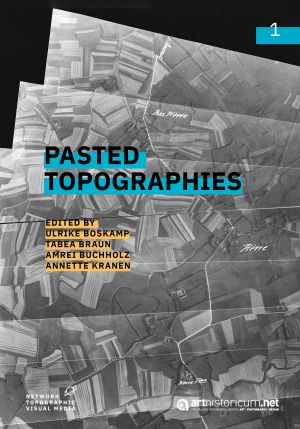How to Cite
License (Chapter)

This work is licensed under a Creative Commons Attribution-NoDerivatives 4.0 International License.
Published
Paste – Paper – Scissors
Geographical Aspiration meets Hobbyist’s Amusement in Philippe Vandermaelen's "Atlas universel" (1825-1827)
The composition of Philippe Vandermaelen's Atlas universel (1825-1827) can only be fully understood by taking into account the technique of gluing. The core idea of the atlas is that the six volumes that contain maps of all continents can not only be browsed through successively, but that the pages can also be detached and pasted together to form a huge globe with a diameter of about 7.755 m. Each of the 379 maps is designed with this underlying adhesive construction. The article interprets this oversized project in the context of the cultural history of experimental globe constructions for self-assembly whose beginnings can be traced back to the early 16th century. At the same time, however, Vandermaelen's atlas stands for a particular manifestation of this tradition in the first half of the 19th century, when geographical aspiration met hobbyist’s.







